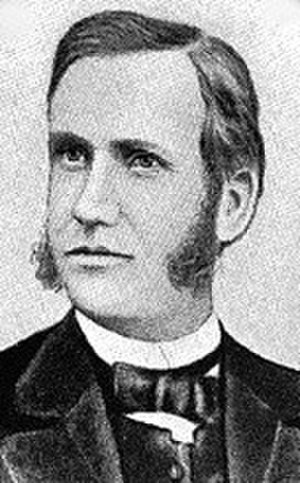Whitman Massacre
| Whitman Massacre | |
|---|---|
| Part of the Cayuse War | |

Marcus Whitman
|
|
| Location | Waiilatpu mission, near Walla Walla, Washington |
| Coordinates | 46°02′32″N 118°27′51″W / 46.04222°N 118.46417°WCoordinates: 46°02′32″N 118°27′51″W / 46.04222°N 118.46417°W |
| Date | November 29, 1847 |
| Deaths | 15 |
| Victims | White American residents of the Waiilatpu mission |
| Perpetrators | Tiloukaikt, Tomahas, Kiamsumpkin, Iaiachalakis, and Klokomas |
| Motive | The belief that Marcus Whitman was deliberately poisoning Native Americans infected with measles |
The Whitman massacre (also known as the Walla Walla massacre and the Whitman Incident) was the murder of Oregon missionaries Marcus Whitman and his wife Narcissa, along with eleven others, on November 29, 1847. They were killed by a party of Cayuse Native Americans who accused him of having poisoned 200 Cayuse in his medical care. The incident began the Cayuse War. It took place in present-day southeastern Washington state, near the town of Walla Walla, and was one of the most notorious episodes in the U.S. settlement of the Pacific Northwest. The event was the climax of several years of complex interaction between Marcus, who had helped lead the first wagon train to cross Oregon's Blue Mountains and reach the Columbia River via the Oregon Trail, his wife and fellow missionary Narcissa, and the local Native Americans. The story of the massacre shocked the United States Congress into action concerning the future territorial status of the Oregon Country. The Oregon Territory was finally established on August 14, 1848.
The killings are usually ascribed in part to a clash of cultures and in part to the inability of Marcus, a physician, to halt the spread of measles among the Native Americans, who then held Whitman responsible for subsequent deaths. The incident remains controversial to this day: the Whitmans are regarded by some as pioneer heroes; others see them as white settlers who attempted to impose their religion on the Native Americans and otherwise unjustly intrude, even allegedly poisoning the natives.
Sahaptin nations came into direct contact with whites several decades before the arrival of the American Board of Commissioners for Foreign Missions (ABCFM) members. These relations set expectations among the Cayuse for how exchanges and dialogue with whites would operate. Primarily these Euro-Americans engaged in the North American fur trade and the Maritime fur trade. A particular practice by marine captains was to give small gifts to Indigenous merchants as a means of inducing commercial transactions. Later land based establishments maintained by the Pacific Fur Company, the North West Company and the Hudson’s Bay Company regularized economic and cultural exchanges, including gift giving. However interactions weren’t always peaceful, with a lasting theme being the supposed power whites had in releasing diseases. Reports from the period note that members of the Umpqua, Makah, and Chinookan nations faced threats of destruction through white created illnesses. After becoming the premier fur gathering operation in the region, the HBC continued to develop ties on the Columbian Plateau.
...
Wikipedia
